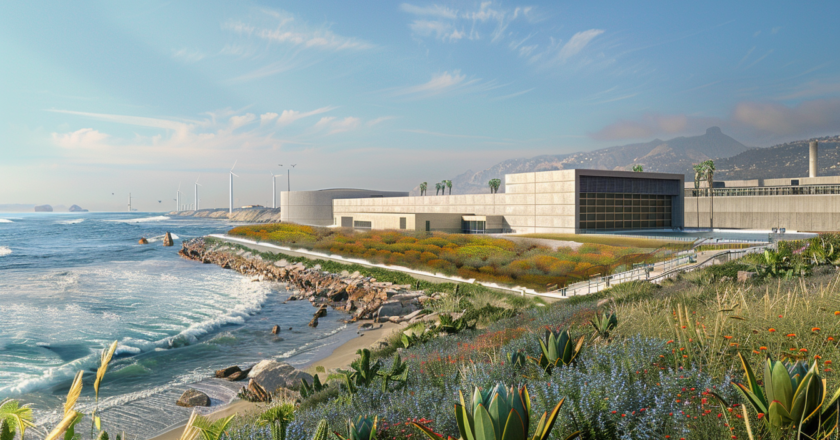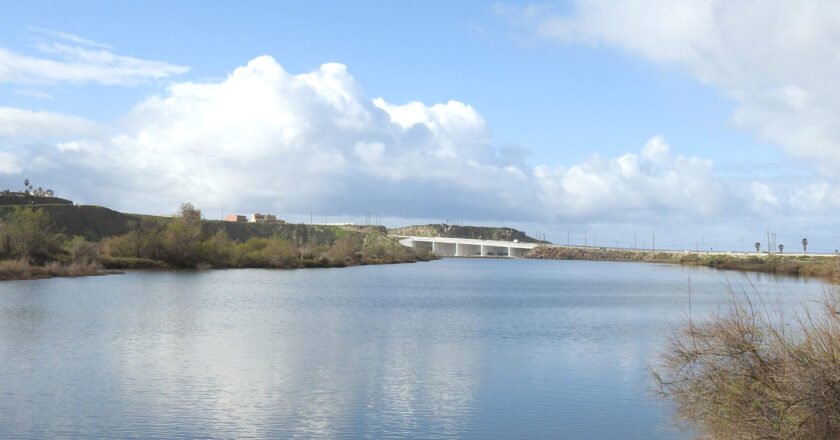Water Wars – Water Watch Update Series Is it really climate change causing Baja California’s water issue? A truth lies …


Water Wars – Water Watch Update Series Is it really climate change causing Baja California’s water issue? A truth lies …

Part of our Water Watch Report Series Eric Faulken the executive director of the Glen Canyon Institute said, “One or …

It seems an act of sheer folly to write about staying vigilant in our water usage after two relatively wet …

Tijuana.- The Baja California government has secured federal funding totaling 800 million pesos to purchase land for a new desalination …

The Pro-Municipality Committee of Rosarito, Baja California recently invited Enrique Ruelas, former director of the State Public Service Commission of …

The rain stimulation project in Baja California has already begun operating this year, and it involves releasing silver iodide molecules …

I stood on a hilltop with Cornelio Zapata, a 30 year resident of La Misión. We look down on the …

Water Watch for 2022 is a portent of times to come. I first began writing about where the water for …